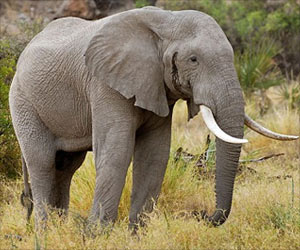A new study links vampire bats' range expansion to climate shifts and potential implications for rabies transmission.

Climate change linked to vampire bat expansion and rabies virus spillover
Go to source) Vampire bats are known carriers of rabies, a disease known for its high mortality rates and often considered the oldest pathogen known by humans, dating back 3,000 years. The bats -- currently only found in Mexico and Central and South America -- are on the move, with the US being a viable home in 27 years.
Vampire Bats Extend Range Due to Climate Shifts, Linked to Rabies Spillover
The findings, published in the journal Ecography, concluded that with shifting seasonality -- the differences in temperature between the coldest and warmest seasons -- vampire bats have expanded their locations in search of more stable, temperate climates. The researchers also found this expanded reach could be linked to a spillover of rabies.‘The rabies system showcases how climate change impacts wildlife-livestock-human connections, triggering heightened disease emergence. #rabies #vampirebats ’





To identify and track the bats, the team traveled all across Colombia to collect more than 70 samples of bat species. They focused on the impacts of climate change on the distributional ecology of the common vampire bat Desmodus rotundus across the last century. The retrospective analysis revealed a positive relationship between changes in climate and the northern expansion of the distribution of D. rotundus in North America. Furthermore, the researchers also found a reduction in the standard deviation of temperatures at D. rotundus capture locations during the last century, expressed as a more consistent, less-seasonal climate in recent years.
“These results elucidate an association between D. rotundus range expansion and a continental-level rise in rabies virus spillover transmission from D. rotundus to cattle in the last 50 years of the 120-year study period,” said lead author Paige Van de Vuurst, doctoral student in Virginia Tech's Translational Biology, Medicine, and Health Graduate Programme.
“We conclude that the D. rotundus rabies system exemplifies the consequences of climate change augmentation at the wildlife-livestock-human interface, demonstrating how global change acts upon these complex and interconnected systems to drive increased disease emergence,” they said.
Reference:
- Climate change linked to vampire bat expansion and rabies virus spillover - (https://onlinelibrary.wiley.com/doi/10.1111/ecog.06714)











